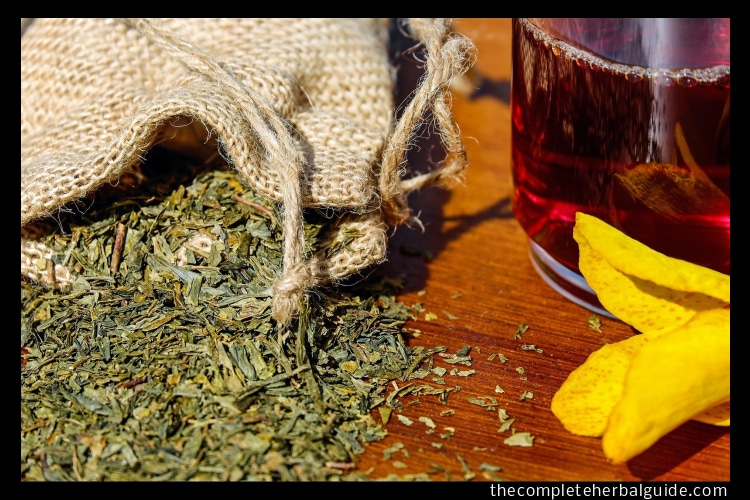
Echinacea for Colds, Flu, Joint Pain & More
Echinacea is the herb that keeps you from getting ill. That’s the received wisdom, and there’s actually a lot of truth to it. The Echinacea plant has been used for hundreds of years by Native Americans, giving lasting relief from a number of different ailments. Recent studies, though have focused on its ability to stimulate your immune system and prepare your body to fend off common infections such as flu and the common cold.
Echinacea features in many of those immune boosters and daily supplements that fill the shelves of your local pharmacy during the cold season, so it’s very important for us all to understand how it really works.
Table of Contents
What is Echinacea?
- The Echinacea plant is native to North America
- Grows to about 2 meters high
- It features a beautiful purple flower that blooms in the Spring.
- It is usually found in the central plains of the USA, where it grows on roadside verges and fields.
- Originally named Snake Root for its restorative effects on snake bite victims
- Echinacea was used by the Native Americans as a cure for anything from toothaches and insect bites to smallpox and measles.
European settlers quickly caught on, using Echinacea to fend off the diseases that periodically threatened their settlements, before exporting it back to excited consumers in Europe.
Medicinal Uses for Echinacea
The uses of Echinacea today do not vary so much from those of Reishi or Maitake. Essentially, it is an immune system booster. It does this through the work of polysaccharides, immune stimulators that help the body to create more T-cells and increase the activity of other vital antibodies.
- It is a mild antibiotic that can help with strep and staph infections
- As has been used as an anti-inflammatory and has been shown to relieve arthritis and other joint pain.
- By boosting the immune system it also gives the body more of a defense against hay fever and other allergies.
So how does a more potent immune system help you?
- It can prevent infections before they even begin, stopping a cold virus from taking hold or curing that sore throat without any time off work.
- More seriously, cancer sufferers find that it can slow a tumor’s rate of growth while alleviating the worst symptoms of chemotherapy.
- Various scientific studies back up the efficacy of Echinacea as an immune system booster. A clinical study in 1989 found a 50-150% increase in immune system functions after 5 days of Echinacea supplements.
Other Uses for Echinacea
Echinacea does not have a wide variety of uses outside of medicine. As an attractive perennial plant, it is often used as a decorative addition to ornamental gardens. It is not generally used in cuisine, though.
How Do You Take Echinacea?
Echinacea is usually taken as a tea. Just add 1-2 grams of the dried herb to a mug of tea, three times a day. Alternatively, there are liquid extracts, capsules or tablets. If you buy the liquid (tincture) be sure to get the alcohol-based version as it will last much longer. One area where this wonder-herb falls short is its decreasing effectiveness over time. Studies show that after 6-8 weeks use the effects of Echinacea fall off substantially. Long-term use is not recommended, so for most of us the best time to take it is for a few weeks during the cold and allergy seasons. Of course, consult your doctor before taking any herbal medication. Pregnant women should be particularly careful.






